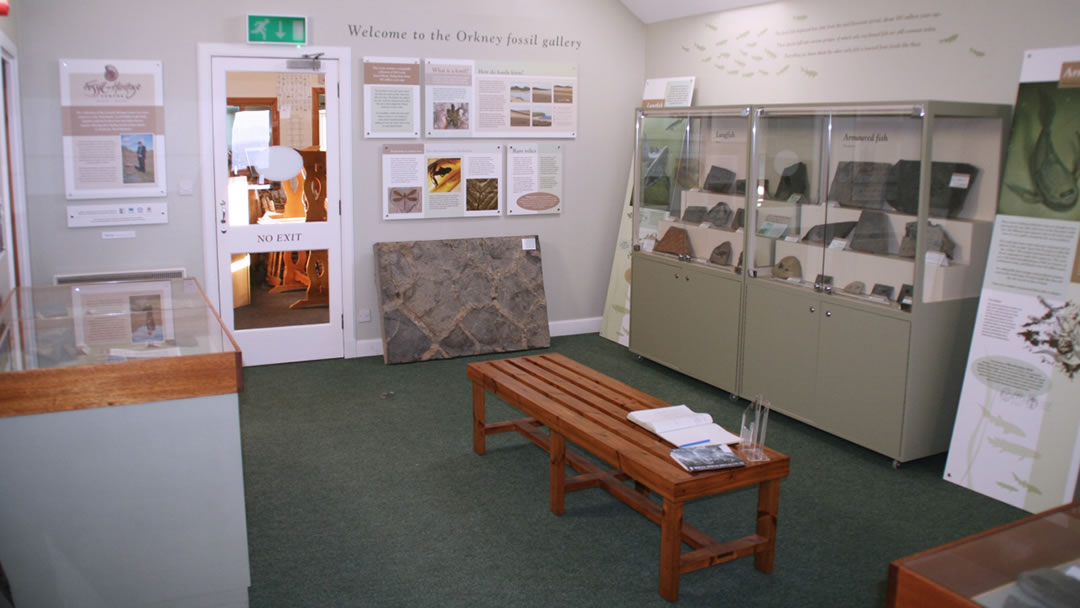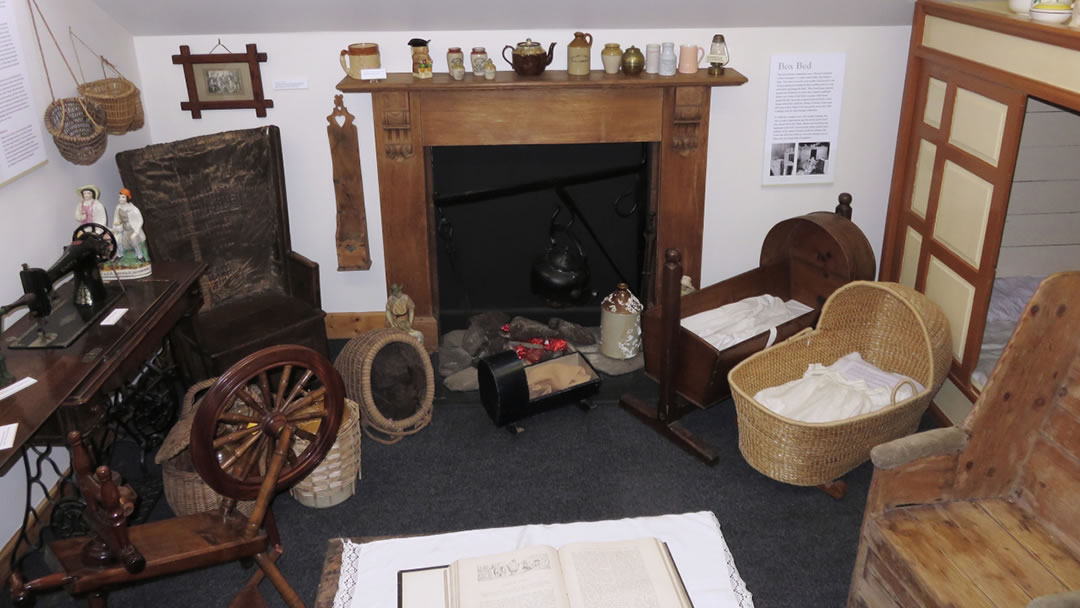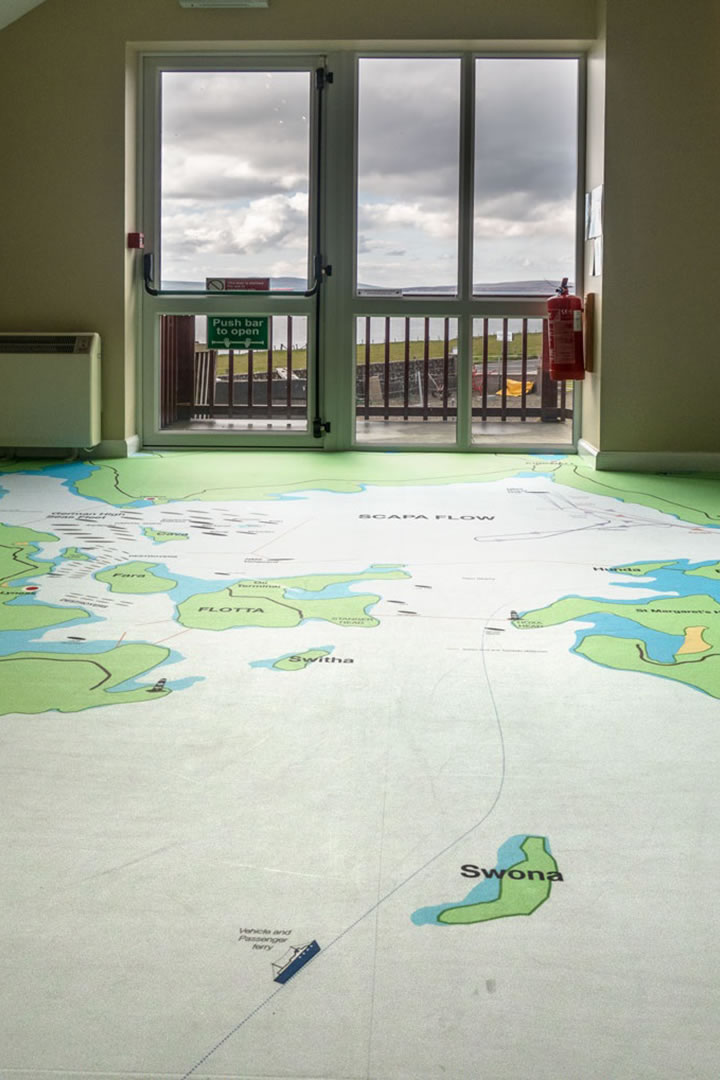Orkney Fossil and Heritage Centre, Burray
During the Devonian Period (416 – 359 million years ago) Scotland lay to the south of the equator in a semi-arid environment. Scotland was all above sea level and was very mountainous. The mountains were probably as high as the Swiss Alps are today and it is due to 400 million years of erosion that the mountains are no longer this high today.

The Moray Firth, Caithness, Orkney and Shetland were covered by a deep freshwater lake – Lake Orcadie. Sediment that had been eroded and washed from the mountains was fed into the lake by rivers, forming ‘Old Red Sandstone’. Fish flourished in these rivers and lakes and so these days the rocks of Orkney contain many fossilised fish, often found in an excellent state of preservation. This is due to the anoxic nature of deeper parts of the lake – anoxic environments would have excluded scavengers and slowed decomposition.
A local builder, Leslie Firth, who, with his brother Eoin and father Ernest, had been finding these fossils at Cruaday Quarry in the West Mainland and they donated their collection to the people of Orkney. The Orkney Fossil and Heritage Centre was opened in 1993 in Burray, and contains amazing fossils from Orkney and beyond. Professional geologists from the National Museum of Scotland were amazed by the rare and beautifully preserved fossils on view. Children will also enjoy the room where minerals are exposed to ultra-violet light – which makes them glow!

The Orkney Fossil and Heritage Centre also contains a heritage room. This contains a collection of objects used in everyday life by Orcadians, including furniture, household china, cameras and tools – showing how a typical Orkney house might have looked in the early 1900s. The Heritage Room also contains military items and newspapers and magazines from the First and Second World Wars, which paint a picture of what life was like in Orkney during those difficult times. There is also an archive room which includes a large collection of old photographs and books, which are fascinating!
During a recent refurbishment, much more information was added to the fossil galleries as well as illustrations to bring the fossils to life. The heritage galleries were also upgraded, with new information about boat building in Burray and exhibits about life in Orkney during the First and Second World Wars, including a feature about the other ‘Italian Chapel’ built at POW Camp 34 on Burray.

As well as the local heritage displays there are fascinating exhibitions about Scapa Flow’s wartime history:- ‘Building the Barriers’ about the construction of the Churchill Barriers and ‘Scapa and the Scuttle’ – a new interpretative floor map which details the location of the scuttled German ships and the WW1 and WW2 blockships whilst two screens show archive film and photos.
There is a café in the Orkney Fossil and Heritage Centre, which serves delicious home-made food including hearty soups, toasties, baked potatoes, rolls, hot lunches, coffees, teas, and home bakes. You’ll also find a gift shop which sells locally made items!
Orkney Fossil and Heritage Centre is open six days a week (closed on Mondays) from April to 26th September 2021 from 10:00 to 17:00. There is an admission charge for the museum.
